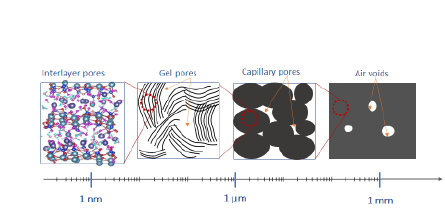Quatre nouveaux personnels rejoignent 3SR

Jean-Baptiste Charrié
Adrien Didier
Axel Jehle
Titulaire d'un Diplôme d'Etudes Collégiales en Technologie du génie civil au Québec en 2024 (équivalent d'un BUT en France), cette année il intègre en tant que technicien le laboratoire au sein de la cellule technique
Ses deux missions principales sont : l'aide aux expérimentations et leur mise en place ainsi que la gestion d'un nouveau service de préparation d'échantillons en collaboration avec les membres de la cellule technique.
Nicolas Martin
Ingénieur de recherche CNRS, il rejoint le 3SR en septembre 2025 après plus de 15 ans passés dans le milieu de la diffusion neutronique.
Son activité est centrée sur l'installation et la mise en service du tomographe multi-échelle développé dans le cadre du CDP MuSiTox.
Il collabore aussi avec le Laboratoire Rhéologie et Procédés pour lequel il est en charge de l'exploitation de la future plateforme SAXS/WAXS.
Ces deux équipements sont localisés au bâtiment Galilée, et mis à disposition de la communauté.



